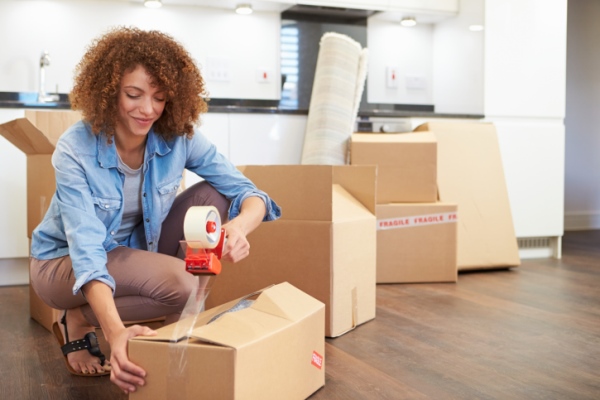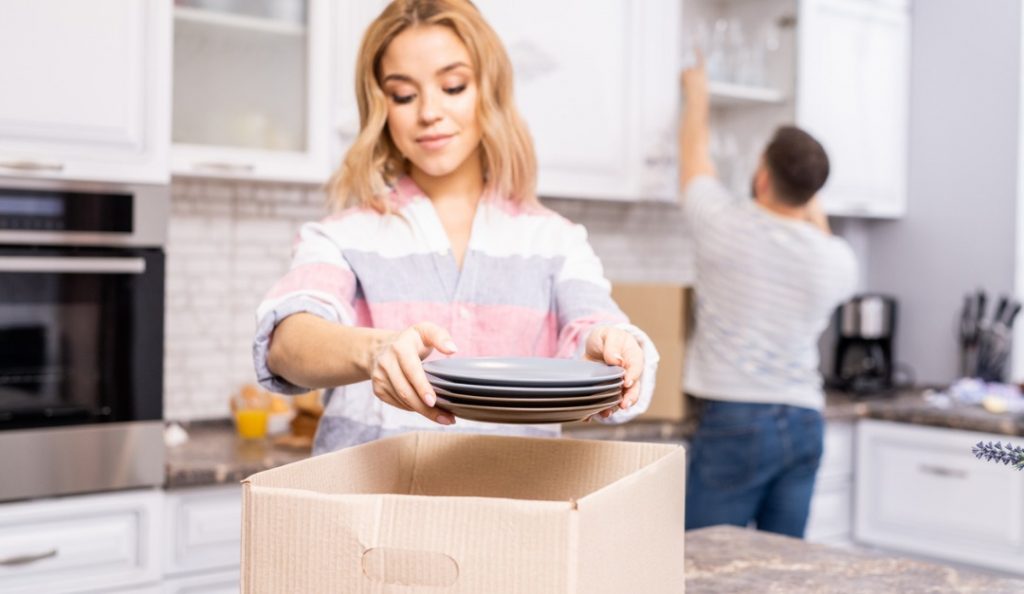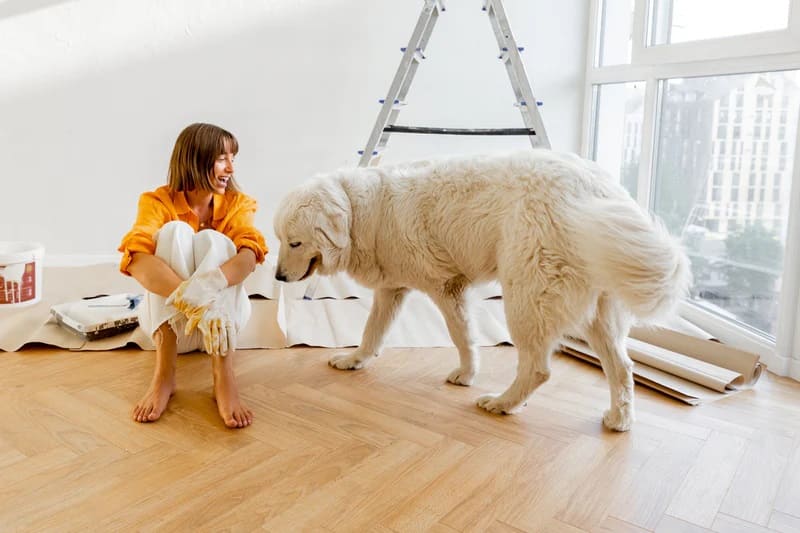Different types of bubble wrap and when to use them during a move
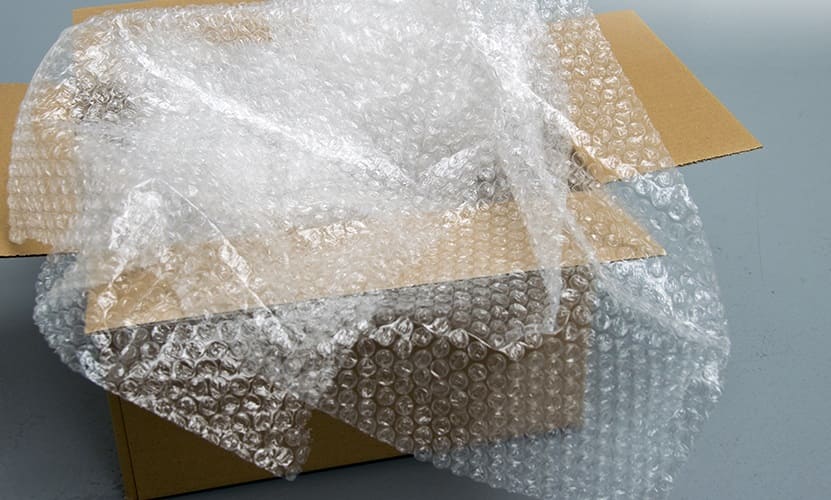
If you’re thinking about how to get your precious items from point A to B without ending up in a million pieces, bubble wrap can help. Paradise Moving & Storage has collected everything you need to know about it and how it can protect your belongings during a move.
Why use bubble wrap
Bubble wrap, oh the joy it brings! Not just for the satisfying pop, pop, pop, but for its protective benefits too. But why exactly should you use bubble wrap when you’re moving?
- Regarding protection, bubble wrap provides the strongest cushioned barrier against bumps, drops, and jostles that are inevitable during a move. Each air-filled bubble absorbs shock and prevents damage, keeping your belongings intact.
- Bubble wrap is versatile — it can conform to any shape, providing snug and secure protection.
- Bubble wrap is lightweight, so it doesn’t add extra weight to your moving boxes. This makes the whole moving process easier on your back and wallet, especially if you’re paying a moving company by weight.
- Bubble wrap is easy to use — just wrap it around your item and secure it with tape. Plus, you can use it again, which benefits both your wallet and the environment.
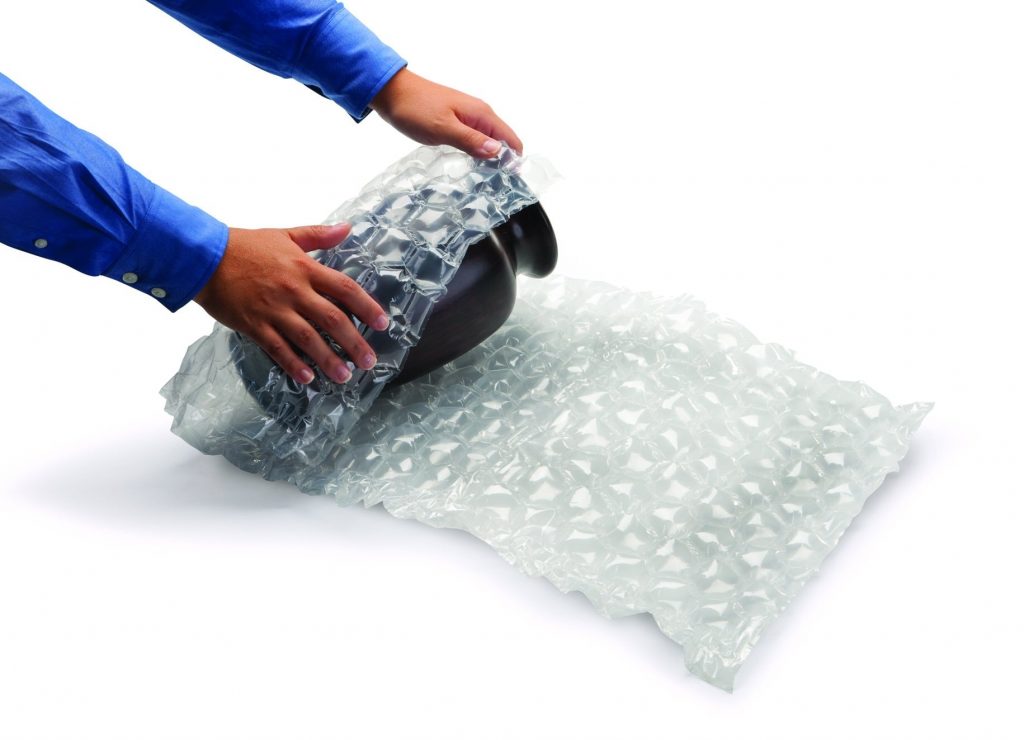
Now, let’s find out when you can use this incredible moving equipment.
When to use it
When you’re moving, you can use bubble wrap for these purposes:
- First, you can wrap your fragile items in bubble wrap. Yes, we’re talking about the vase that’s been in your family for generations, those beautiful wine glasses you received as a wedding gift, or that delicate porcelain doll collection you’ve been curating. These are all prime candidates for a snug bubble wrap hug.
- But don’t stop at just your breakables. What about those valuable electronics? Your flat-screen TV, sound system, computer, and gaming consoles can all benefit from the protective embrace of bubble wrap. Its usage can safeguard them from scratches, dents, and other potential damage.
- Next up is your artwork. Paintings, especially those with glass covers, and other wall decorations are often overlooked. But these too need protection during shipping. A few layers of bubble wrap can prevent chips, scratches, or shattered glass.
- Regarding furniture, bubble wrap can protect corners and edges of tables, chairs, and other large pieces from getting nicked or dinged — especially useful if you have antique or high-value furniture.
- Finally, bubble wrap is great for filling empty spaces in your moving boxes. This prevents items from shifting around during shipping.
Remember, when in doubt, bubble wrap it out. Don’t hesitate to use it to protect your belongings before relocation.
Types of bubble wrap
Now that you know how to use bubble wrap, it’s time to explore the types available:
- The classic type is the standard bubble wrap. It’s what usually comes to mind when you hear “bubble wrap” — the small, pleasurable bubbles that you can pop. This type is perfect for wrapping around smaller, fragile items or filling in gaps in your moving boxes.
- Large bubble wrap provides additional cushioning and protection. It’s great for wrapping big objects, such as furniture and electronics, or for cushioning fragile items inside a box.
- Anti-static bubble wrap safeguards delicate electronic parts from static electricity that can cause harm. When packing your electronics like computers, TVs, or other devices, it’s best to use this type.
- Self-cling bubble wrap sticks only to itself and not to the items being wrapped. It’s especially handy for wrapping irregularly shaped items that tape might not adhere to well.
Each of these types has its own strengths, so take into account your special needs, such as the items you need to pack, and make your choice according to them.
Use the right side up
You might be thinking, “Bubble wrap is bubble wrap, right? How hard is its usage?”. Well, there’s a little secret that not everyone knows — there’s a right way and a wrong way to use bubble wrap.
The bubbles should always face inward, towards the item you’re wrapping. Those tiny air-filled cushions are meant to absorb shock and protect your items, and they can’t do that if they’re facing outwards.
If you place the bubbles facing outwards, any impact could cause them to pop, reducing their effectiveness. Also, the flat side is better for stacking and moving your wrapped items.
How to use bubble wrap to pack for a move
Let’s put the theory you’ve learned into practice and pack your items with bubble wrap:
- Measure out how much bubble wrap you’ll need before you start packing. It’s better to have a bit too much than to find yourself short in the middle of packing.
- Next, place your item in the center of your bubble wrap sheet, remember, bubble-side-in. Fold the corners of the bubble wrap over the item, kind of like you’re wrapping a present. Then, secure it with packing tape. Make sure every part of the item is covered and cushioned.
- For extra fragile items, consider double wrapping for added protection. Just repeat the process with another layer of bubble wrap.
- If you’re packing items in a box, use crumpled-up bubble wrap or packing paper to fill any empty spaces.
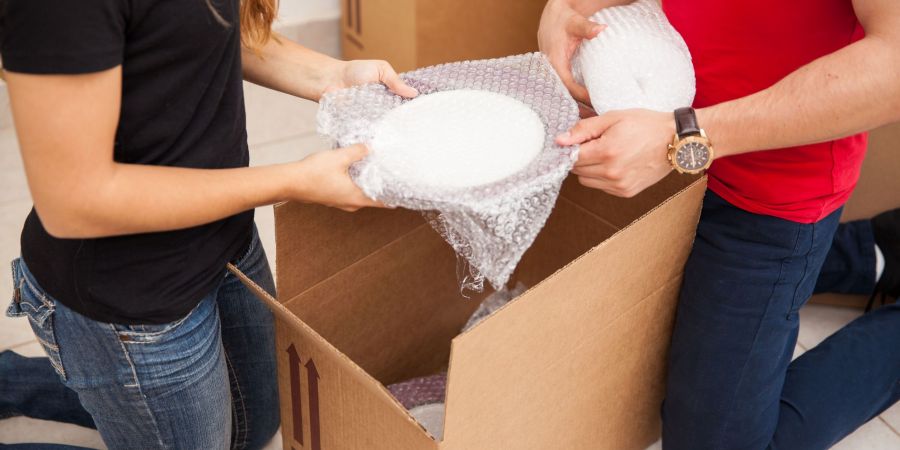
So, you’re now a bubble wrap packing pro. But even with all this knowledge, you may need some extra help. If so, don’t hesitate to reach out to us at Paradise Moving. Our strongest professional movers know everything about packing your items (not just with bubble wrap) and moving them to your new apartment, no matter how far you’re traveling.
How useful was this post?
Click on a star to rate it!
Average rating 5 / 5. Vote count: 1
No votes so far! Be the first to rate this post.



